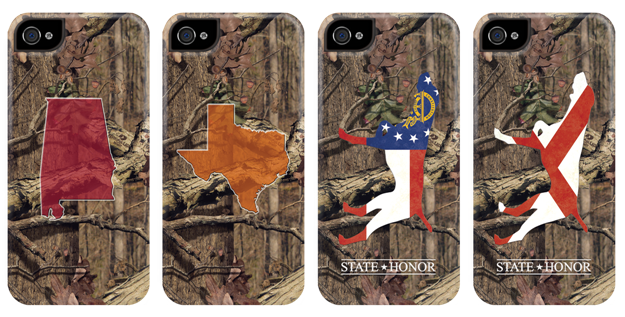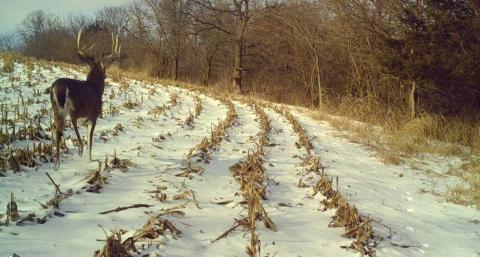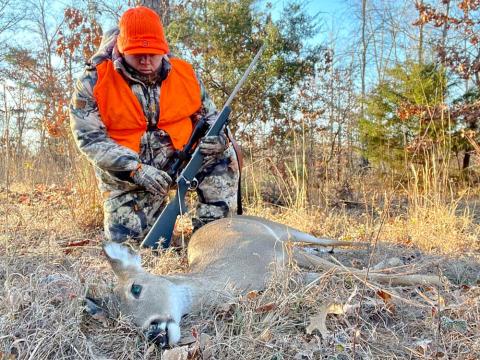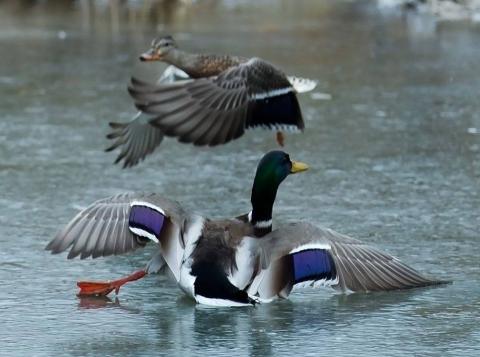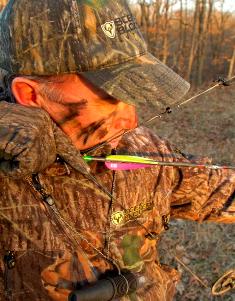 by Mike Hanback
by Mike Hanback
Here are 3 bow-shooting scenarios you need to be ready for:
- Buck lollygags toward your stand: He takes his sweet time mincing toward your stand, meandering and stopping here and there to browse or rub his eyes and pre-orbital scent on dangling branches. Resist the urge to draw too early. You don’t want to come to full pull about the time he hangs up 50 or 60 yards out. If he tarries, you’ll quiver and shake until you can hold the poundage no more. If you have to let down and then draw again, you might get busted. Let the buck get within 40 yards, and then draw when his head is behind a tree, brush, etc. Or let him quarter past you, then draw and take the perfect shot.
- Buck walks steadily toward your stand: Draw your bow as soon as you can when he steps behind a tree 40 to 50 yards out, or stops and looks away or over his back trail. That will give you enough time—but not too much time—to calm your nerves, settle your bow, pick the right pin and kill the deer when he passes in a few seconds. At full draw, stop him with a voice grunt or bleat.
- Buck chases doe: Pull while he’s still a good ways out there. Don’t let him gallop past before you can touch off a shot. I wouldn’t worry too much about waiting for a rut-dazed buck to look away or go behind a tree. He’s locked in on his gal and thinking wicked thoughts. Most of the time, you can pull your bow while he’s in the wide open, and he’ll never know you’re in the world. Grunt or whistle to stop the buck the second he rolls into a shooting hole, but again be sure you’re at full draw before you do.
Quick insurance tip: Carry a spare release aid on every hunt. If you’re 20 feet up in a stand and you drop your main release as you’re trying to strap it on, dig out your backup and hunt without missing a beat.
















